Real Estate Development Boom in Mumbai - Opportunities and Challenges for Stakeholders, the Economy, and the Housing Market
- 10th Jun 2023
- 1693
- 0

Never miss any update
Join our WhatsApp Channel
Property Development Boom in Mumbai
As in 2023, as this article is being written - the financial capital of India, Mumbai is experiencing a significant increase in real estate construction activity. With over 11,000 active construction sites, Mumbai's real estate industry presents a multitude of opportunities for its various stakeholders.
This article on Ghar.tv examines the positive effects on stakeholders, the economy, and the housing market, as well as the difficulties and drawbacks associated with the current construction surge.
Possibilities for participants in the Mumbai real estate market:
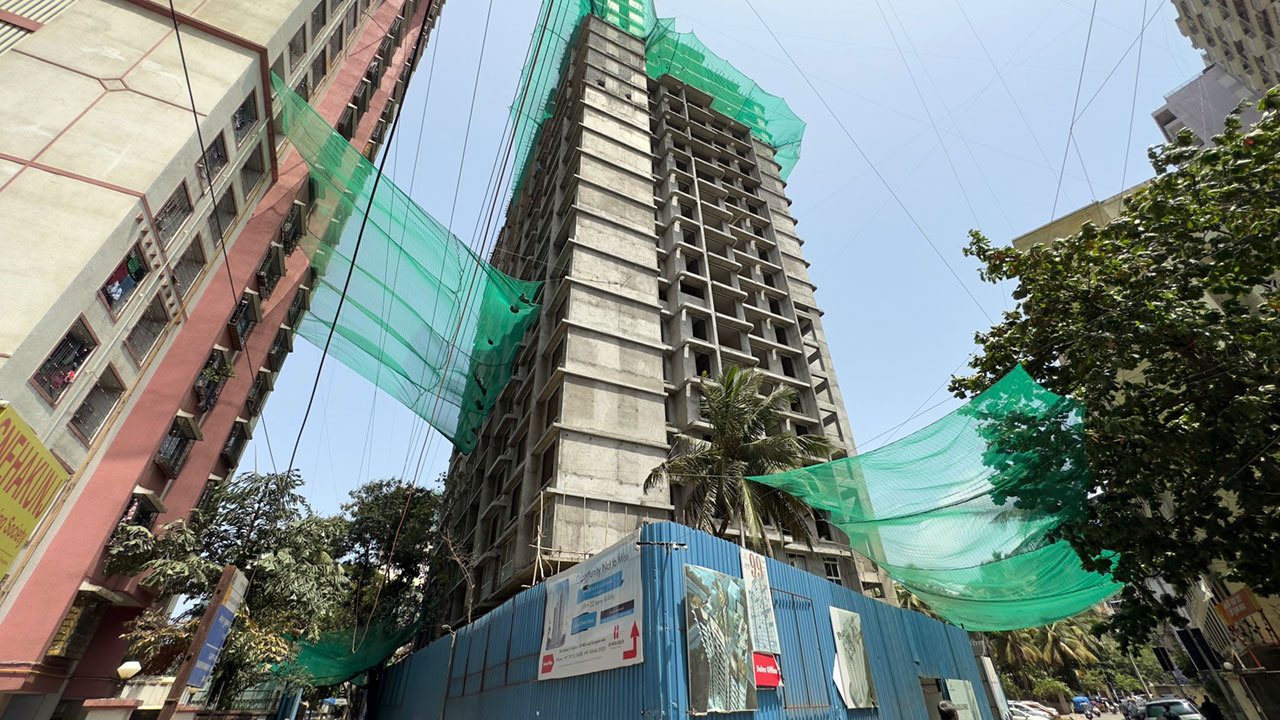
a) Developers and Builders: The construction surge offers ample opportunities for developers and builders to undertake new projects, diversify their portfolios, and maximise profits. The high demand for residential, commercial, and mixed-use properties creates an ideal environment for developers to demonstrate their skills and generate substantial profits.
b) Construction Workers and Labourers: The increased demand for skilled and unskilled labourers is a result of the increase in construction activity. This affords individuals the opportunity to secure employment and earn a living. Construction employees have the opportunity to gain valuable experience, enhance their skills, and potentially improve their future employment prospects.
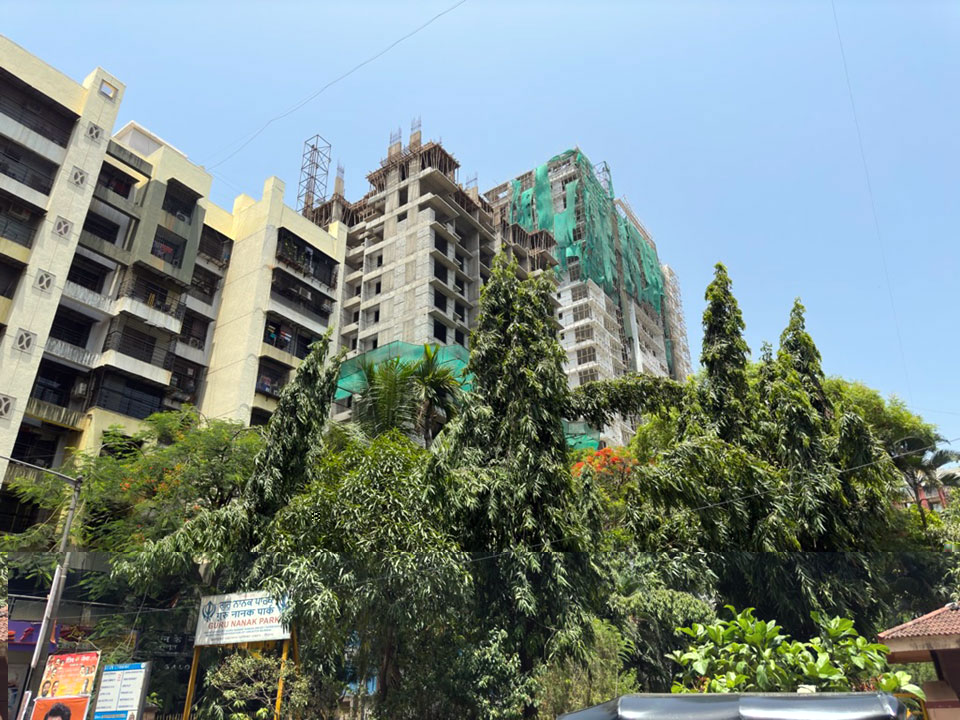
The construction surge increases the demand for architectural and design services. Architects and designers have the opportunity to work on innovative projects, construct iconic structures, and leave an indelible mark on the city's skyline. This increase in demand for their expertise enables them to enhance their professional reputation and attract more customers.
d) Real Estate Agents and Brokers: A multitude of new properties penetrate the market as a result of a thriving construction industry. This can benefit real estate agents and brokers by assisting purchasers, sellers, and developers to navigate the complex real estate landscape. They have the opportunity to earn commissions, grow their networks, and establish themselves as industry experts.
e) Material Suppliers and Manufacturers: The increased construction activity increases the demand for cement, steel, masonry, tiles, and other building materials. Material suppliers and manufacturers can expand their enterprises and contribute to the local economy by capitalising on this demand. In addition to fostering innovation in construction materials and techniques, the construction surge creates additional market opportunities.
Possibilities for homebuyers and property investors:
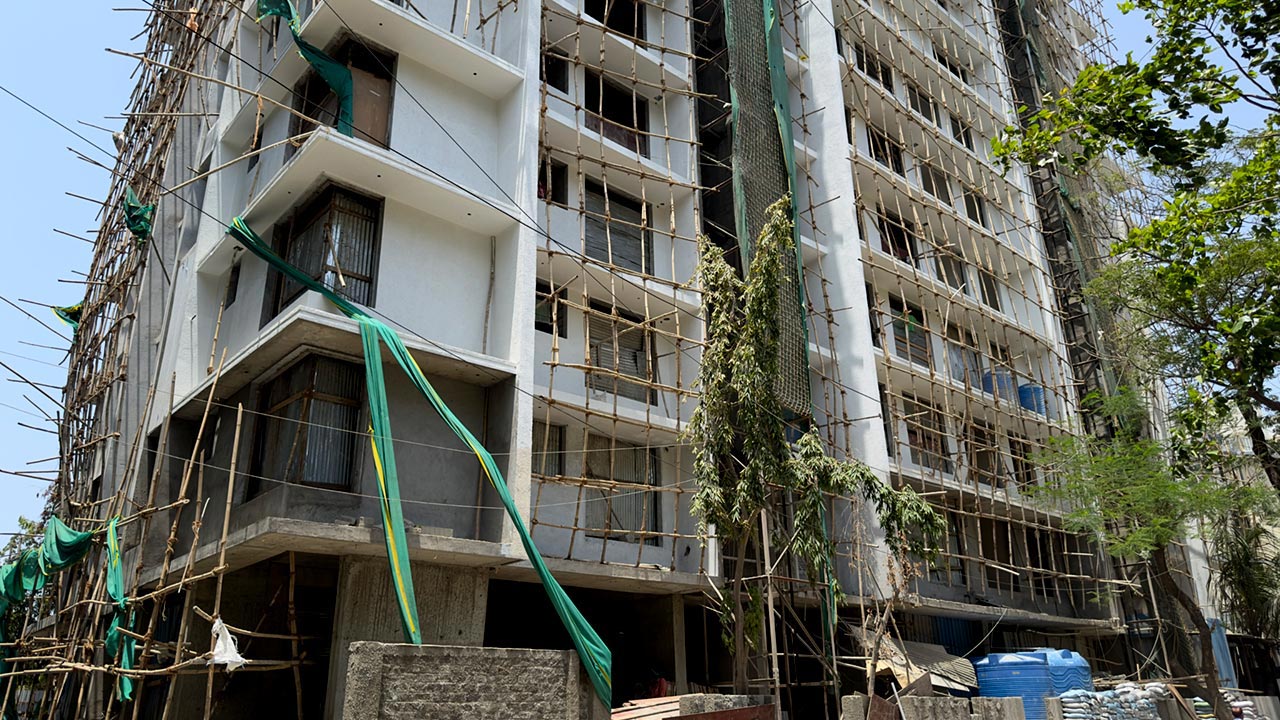
1) The construction growth in Mumbai has resulted in an expansion of the property options available to homebuyers and real estate investors. From affordable apartments to opulent villas and commercial spaces, the market offers a variety of options to accommodate various preferences and investment objectives.
2) Investing in real estate during a construction surge affords the possibility of capital appreciation. As a city grows and its infrastructure improves, property values have a tendency to rise over time. Potential appreciation in property prices can generate long-term wealth and returns on investment for real estate investors.
3) Favourable Payment Plans: During the construction phase, developers frequently offer favourable payment plans and financial incentives. This may include flexible payment plans, options for down payments, and partnerships with financial institutions to provide affordable housing loans. Such programmes increase the accessibility and affordability of property ownership for homebuyers and investors.
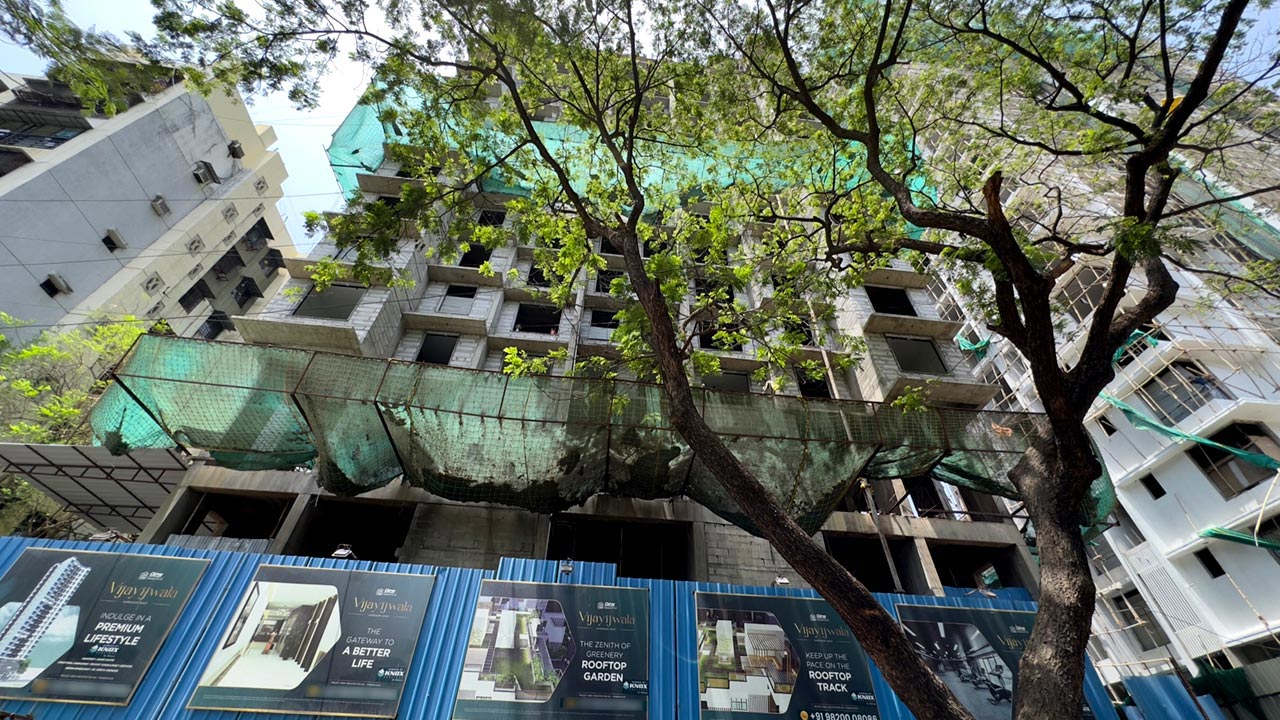
4) Rental Income Opportunities: Investing in residential or commercial properties in Mumbai allows individuals to generate rental income. The increasing population and demand for rental properties create a favourable market for landlords, resulting in a consistent income stream. Utilising the high demand for rentals, real estate investors can generate passive income and potentially achieve favourable rental yields.
5) Portfolio Diversification: The construction surge in Mumbai presents homebuyers and real estate investors with an opportunity to diversify their investment portfolios. Investing in real estate alongside other asset classes can aid in risk diversification and potentially improve overall investment returns. Properties situated in prominent locations with high growth potential can serve as a hedge against inflation and market volatility.
The construction surge fosters an environment in which real estate market knowledge and expertise become invaluable. Homebuyers and investors can utilise the services of seasoned real estate agents, underwriters, and property consultants who have a comprehensive understanding of the local market. This knowledge can help purchasers and investors make informed decisions and maximise their investment potential.
The development surge in Mumbai presents not only opportunities for developers, builders, and industry specialists, but also substantial benefits for homebuyers and real estate investors. With increased property options, the potential for capital appreciation, favourable payment schemes, rental income opportunities, portfolio diversification, and access to real estate market expertise, individuals can make informed decisions and capitalize on the construction boom to achieve homeownership or investment objectives.
Impact on the Economy:
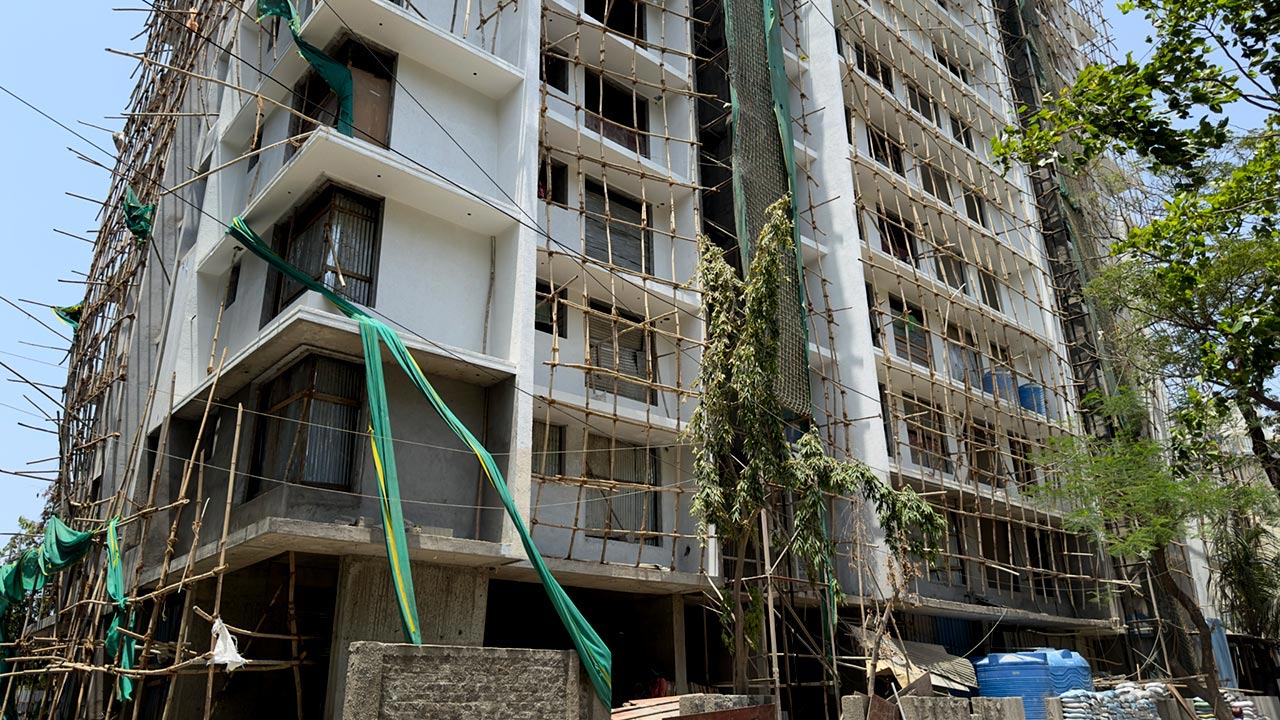
a) Job Creation and Economic Growth: The construction surge in Mumbai creates a large number of employment opportunities, boosting economic growth and lowering unemployment rates. The employment created in various sectors stimulates consumer expenditure, resulting in a multiplier effect that is beneficial to the local economy.
b) Development of Infrastructure: The construction activities contribute to the development of essential infrastructure, such as roads, bridges, transportation networks, and public amenities. These enhancements improve the overall quality of life, attract investments, and bolster Mumbai's status as a thriving metropolitan area.
c) Tax Revenue and Government Revenue: Property taxes, development fees, and other fees increase the government's tax revenue as a result of the real estate construction surge. These revenues can be invested in public welfare programs, infrastructure development, and the improvement of municipal amenities, which will ultimately benefit the residents of Mumbai.
Impact on the Housing Market:
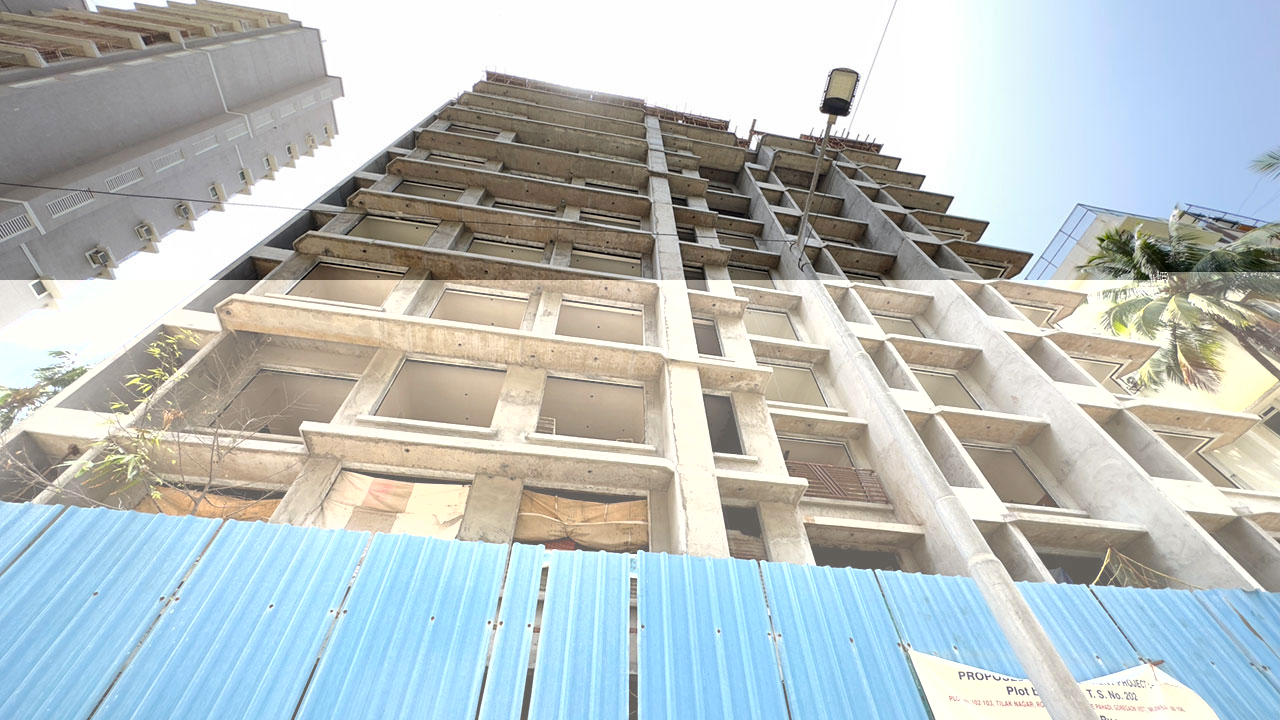
a) Increased Housing Supply: The construction surge satisfies the increasing demand for housing in Mumbai due to factors such as population growth and urbanisation. The increased housing supply can assist in stabilising or even decreasing property prices, making homeownership more affordable for prospective purchasers.
b) Housing Options and Amenities: Ongoing construction projects offer a variety of housing options to accommodate a variety of income levels and lifestyles. Modern amenities such as fitness centres, swimming pools, gardens, and community spaces are frequently included in new developments, enhancing the overall living experience for residents.
c) Neighbourhood Transformation: The construction surge revitalises previously underdeveloped or neglected areas by bringing about neighbourhood transformation. This results in enhanced infrastructure, improved connectivity, and an increase in social and commercial amenities, which creates vibrant communities and attracts investments.
Disadvantages of the Mumbai property construction boom:
>a) Environmental Impact: The accelerated construction activity can have negative effects on the environment, including increased pollution, deforestation, and stress on natural resources. To mitigate these concerns, sustainable building practices and stringent environmental regulations should be implemented.
b) Burden on Infrastructure: The construction boom can burden existing infrastructure and services, such as water supply, electricity, transportation, and refuse management. To ensure that the city's infrastructure can manage the increased demand and that new developments are properly integrated into the existing framework, adequate planning and coordination are required.
c) Disruption and Inconvenience: Residents may experience noise pollution, traffic congestion, and restricted access to certain areas as a result of construction activities. Developers and authorities should take steps to minimise disruption, communicate with stakeholders, and complete projects on schedule.
d) Real Estate Bubble: The accelerated tempo of construction may result in an oversupply of properties, thereby generating the potential for a real estate bubble. This could lead to price volatility, decreased demand, and financial hazards for builders, investors, and homeowners. Regular monitoring and regulation by the appropriate authorities are necessary to prevent such situations.
Conclusion:
The current real estate construction surge in Mumbai provides numerous opportunities for stakeholders, stimulates economic expansion, and meets the housing demand. However, it is imperative to address the challenges associated with rapid construction, such as environmental concerns, infrastructure strain, resident inconvenience, and the possibility of a real estate crisis. By employing sustainable practices and effective planning, Mumbai can capitalize on the current construction surge to create a vibrant and inclusive cityscape for its residents while ensuring long-term socioeconomic benefits.

 Admin
Admin

Comments
No comments yet.
Add Your Comment
Thank you, for commenting !!
Your comment is under moderation...
Keep reading blogs